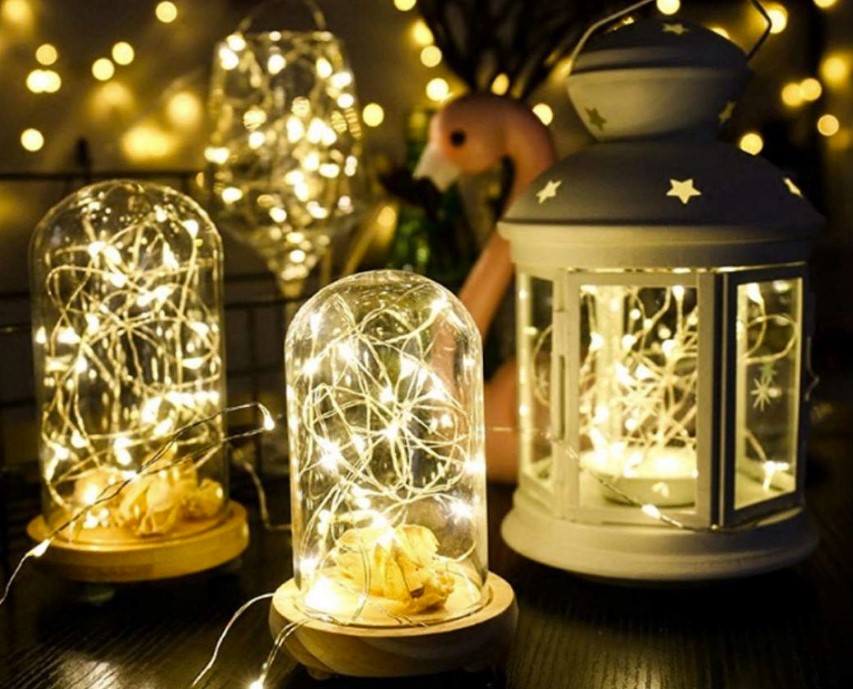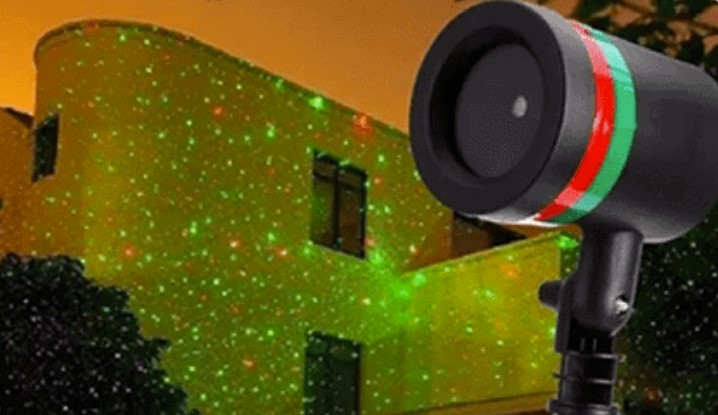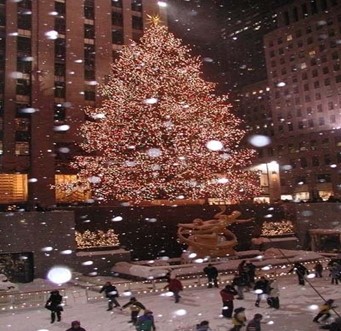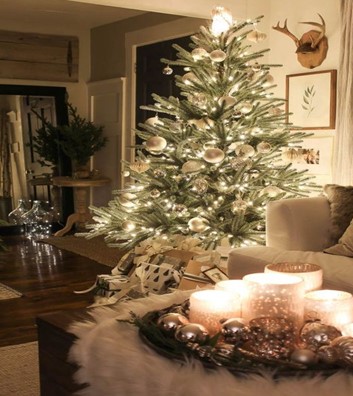Christmas Lights
Christmas Lights
The Christmas season is one of the most famous festive periods of each year, which is unquestionably associated with the decoration of any indoor or outdoor space with thousands of Christmas lights.
These lanterns are either incandescent bulbs or LED bulbs
Incandescent bulbs
• They often cost less than LEDs
• Provide a warm glow
LED bulbs
• They have lower energy consumption than incandescent bulbs
• They last longer. some LEDs have a lifespan of up to 100,000 hours
Types of Christmas Lights
Lights with very thin wires
Lights with very thin wires have small bulbs and have remained popular in recent decades.
Mini wide angle LED lights
Wide angle mini LED lights have low profile conical lamps that emit more light than some varieties and blend seamlessly with their environment when not in use.
Large bulbs
The large bulbs (also known as C5, C7, C9, G40 and G50) create a visual impact and give a retro feel.
Battery operated lights
Battery-operated Christmas lights are ideal for installations that are not near a power source or where cables may be unsafe.
Light bulbs that change color
The lamps that change color add an impressive appearance to your space, with the constant changes of colors.
Grid Lights
The lights that from their construction have a defined shape (grid), making it easy to achieve a uniform appearance when placed in bushes or structures.
Flakes in the shape of flakes
Flake-shaped Christmas lights give your home a special, snowy look.
LED lights in the form of rope
The rope-shaped LED lights are ideal for decorating doors, windows and corridors. It is also a great choice for creating intricate shapes and designs.
Christmas Laser LED Projectors
LED floodlights do not require installation and are an alternative that saves time compared to traditional string lights. Simply plug them in, point them anywhere (indoor Christmas trees, outdoor trees or homes) and instantly display vibrant colors or designs.
Christmas Street Lights
Street decoration lamps allow you to easily illuminate a park or a square and are available in a variety of shapes and styles.
While typically low power and ease of use make mini string lights popular, you can find light bulbs in many sizes, shapes and colors, including color-changing lights.
How many strands of light will it take to cover the area?
Although personal preference is the final factor that determines the decision, here are some key considerations:
• Lamp spaces: Christmas lights with more space between the lamps are ideal for wrapping thin poles and tree branches. Yarns with less space between the bulbs are usually best for placement around indoor Christmas trees or for decorating ceilings or ledges.
• Cable length: Two strands with the same number of lights will have different cable lengths if the distance between their bulbs is not identical.
Trees in the countryside
General rule: For bright lighting, design about 200 Christmas tree lights per foot. If you prefer medium lighting, 100 mini lights per foot will be enough.
• Slim trees require the least amount of light.
Dense evergreen trees, such as pines and firs, may require more light. Consider using larger bulbs for them.
• Wrapping shrubs with nets or flake-shaped lights will cover a larger area with fewer strands and less work.
• When covering tree branches, use lights 6 to 8 inches in diameter between the bulbs so that you can wrap the wires well.
Choosing the right color
Some people prefer either colored or white Christmas lights, and here are some thoughts:
• White Christmas lights give a timeless look, while colored lights are fun and festive. In addition, you can coordinate them to create complex designs.
• Not all white LEDs have the same shade. Some emit a warm yellow glow, while others have a bluer tinge.
• You can decorate large areas with monochrome strands for an impressive result.
Look for Christmas light clips and hangers that can simplify the decoration with lights indoors and outdoors. You can find clips that allow you to easily hang lights on mirrors, railings and more. For outdoor areas, you will see clips that allow you to install exterior Christmas house lights in gutters, attics, deck railings, windows, doors, brickwork, and even your roof. You can also find lawn mowers that will block your lights along sidewalks, sidewalks and roads.
LED bulbs: Advantages
The cost factor
While LED Christmas lights will cost you more money, you will save money in the long run, as LED lights consume 75% less energy than incandescent lights. LEDs cost more to produce because the components are often assembled by hand.
And because they need conductive material to dissipate heat and get a natural white glow, they are often coated with yellow phosphorus.
They are durable
LED Christmas lights get high scores in terms of durability. In the tests, the LED bulbs did not burn out after more than 4,000 hours, while the standard infused light bulbs burned out at a rate of one to two per clone in less than half the time.
You can replace individual bulbs
Just like classic Christmas lights, LED Christmas lights can fail, either one light at a time or an entire string. And it is possible to replace single bulbs for many types of LED bulbs.
Where else can you use Christmas lights?
In addition to Christmas decorations, Christmas decorations can be used in a variety of ways throughout the year. Here are some examples that will inspire you:
Recent posts Recent posts
Bottom my account
Popular Categories
© 2004-2024 Electronio. Κατασκεύη eShop CS-Cart Hellas
This site uses cookies to store information on your computer. See our cookie policy for further details on how to block cookies.
Analytical cookies for us to better craft the user experience based on your page view experiences.




